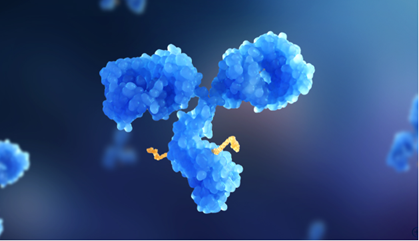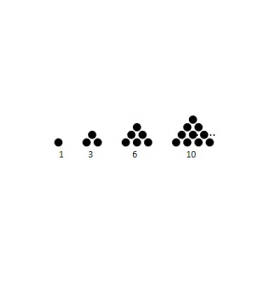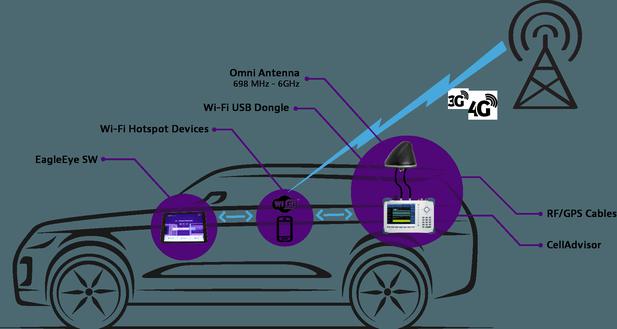How Is DMPK Evaluated in Antibody-Drug Conjugates?
Antibody–drug conjugates (ADCs) combine the targeting power of monoclonal antibodies with potent small-molecule payloads, creating uniquely complex pharmacokinetics. Evaluating DMPK for ADCs requires tracking multiple analytes, understanding linker behavior, and connecting exposure to efficacy and safety. Because each component, including the antibody, linker, and payload, follows different fates in vivo, a single assay or metric can’t tell the full story. The sections below outline a practical, regulator-ready approach to ADC DMPK, from bioanalysis to translational modeling.

What DMPK Looks Like in ADC Programs
To capture the whole picture, dmpk for ADCs layers orthogonal assays and models across discovery, IND-enabling, and clinical stages.
Define the analyte suite you will measure.
ADCs demand a multi-analyte strategy: total antibody (all IgG, irrespective of payload), conjugated antibody/ADC (payload-bearing), unconjugated payload, payload-related species/catabolites, and drug-to-antibody ratio (DAR). Each readout describes a different liability—deconjugation, premature release, or accumulation. Longitudinal DAR tracking is especially informative, revealing whether the conjugate remains intact or converts to lower-DAR species that alter exposure and potency.
Use fit-for-purpose bioanalytical platforms.
Most programs combine ligand-binding assays (LBA) for total and conjugated antibody, LC-MS/MS for free payload/catabolites, and hybrid LBA–LC-MS/MS for DAR-aware quantitation. Where elemental tags or radiometal surrogates are used, ICP-MS/MS offers sensitive, element-specific confirmation of payload or label to support mass balance and tissue distribution. Validations emphasize sensitivity, selectivity, and drug tolerance; for high-dose regimens, pretreatments (acid dissociation, ACE, BEAD/SPEAD, PandA) mitigate drug interference.
Characterize systemic PK and DAR evolution.
Antibody-like PK (FcRn recycling) governs total antibody, while ADC and free payload can clear differently as linkers hydrolyze or are cleaved intracellularly. Estimate Cmax, AUC, t½, and clearance for each analyte, then relate shifts to linker chemistry (cleavable vs. non-cleavable), conjugation site, and hydrophobicity. A falling DAR with stable total antibody suggests deconjugation; rising free payload exposure without efficacy signals may foreshadow off-target toxicity.

Map biodistribution and tissue exposure.
DMPK must confirm that the payload is released where biology demands. Pair plasma PK with biodistribution—tumor vs. normal tissues—using tissue LC-MS/MS, QWBA, or autoradiography when radiolabels are available, and receptor occupancy, or imaging as appropriate. For sanctuary sites (e.g., brain), assess barrier penetration and local catabolism. These data de-risk bystander effects and help tune dose and schedule to maximize tumor exposure while protecting sensitive organs.
Resolve metabolism, release pathways, and AME.
Define intracellular processing (lysosomal proteolysis, disulfide reduction, enzymatic cleavage) and identify catabolites that carry pharmacology or toxicity. Conduct absorption, metabolism, and excretion (AME) studies—often with radiolabels or element tracking—to close the mass-balance loop and quantify routes (biliary vs. renal). Reaction-phenotyping and transporter assessments may be required for payloads that are CYP or efflux substrates, informing drug–drug interaction risk.
Integrate immunogenicity, safety, and translation.
ADAs can accelerate antibody/ADC clearance or alter tissue distribution; implement a tiered ADA/NAb strategy with robust drug tolerance and link results to PK shifts. Exposure–response and PK/PD modeling (including tumor growth inhibition and time-above-threshold metrics) connect analyte profiles to efficacy. Scale from rodents to primates using allometry and DAR-aware models, then refine with population PK in first-in-human studies to support dose selection and therapeutic monitoring.
Final Thoughts
Overall, ADC DMPK succeeds when programs track the right analytes, apply orthogonal bioanalysis, and interpret exposure through the lens of linker chemistry and payload behavior. By unifying systemic PK, tissue distribution, catabolism, and immunogenicity with translational modeling, teams can anticipate liabilities, optimize dose and schedule, and present inspection-ready data. The result is a coherent narrative, from intact conjugate to released payload, that supports efficacy while managing safety across preclinical and clinical development.
Latest: Trends and Innovations in Immunogenicity Testing Methods








